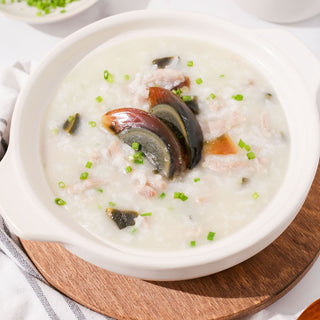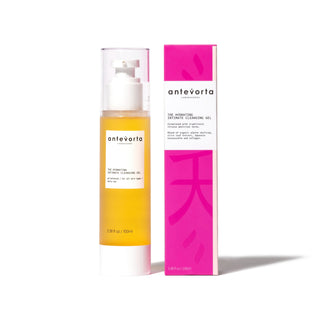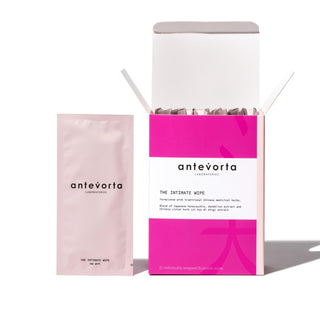You’ve tried it all — green juices, intermittent fasting, keto, skipping dinner (then caving at midnight). But what if the secret to lasting, healthy weight loss wasn’t deprivation, but a warm, humble bowl of rice porridge?
Enter: congee.
In Traditional Chinese Medicine (TCM), congee — that silky, slow-cooked rice porridge — isn’t just comfort food. It’s medicine. It’s digestion rehab. It’s the quiet antidote to the frantic “burn more, eat less” Western approach to weight loss.
Let’s talk about why Chinese medicine has been whispering congee’s name for centuries — and why it might be the most underrated path to feeling light, lean, and deeply nourished.
First: Your Metabolism Is Not a Machine. It’s a Fire.
In TCM, your metabolism is governed by the Spleen and Stomach, which are seen as your body’s cooking pot. They take food, break it down, and transform it into Qi (energy), Blood, and Fluids. For this system to work, your inner fire — what TCM calls digestive fire— has to stay strong.
Now imagine throwing cold, raw, or greasy food into that pot. The flame sputters. Food stagnates. You bloat, get cravings, feel foggy — and instead of burning fat, your body starts hoarding dampness. TCM calls this internal “damp fat” (yes, it's a thing), and it’s the exact opposite of the toned, clear, glowing version of you you’re trying to unlock.
Congee: Gentle, Warm, Metabolism Magic
Congee is the opposite of all that metabolic sabotage. It’s cooked with lots of water and simmered until soft and soupy, which makes it easy to digest and deeply hydrating. It warms the Spleen, supports Qi production, and clears dampness — without taxing the system.
This is why it’s often the first food given to the sick, the elderly, and postpartum women. But here’s the plot twist: it’s also the ideal food for anyone trying to lose weight without trashing their hormones, skin, or sanity.
Eat Less Without Feeling Deprived
Congee is satiating, not because it’s loaded with fat or protein, but because it nourishes deeply. The more your digestion works efficiently, the fewer cravings you have. You feel full sooner, need less food overall, and naturally gravitate toward better choices.
It's the definition of adding before subtracting — nourish the body first, and weight loss becomes a side effect, not a battle.
Customizable for Your Body Type
TCM isn’t “one-size-fits-all,” and neither is congee. You can tailor it to your constitution and goals:
· Qi Deficient? Add red dates and goji berries.
· Too much Dampness? Add mung beans or barley.
· Blood Deficient? Try black sesame or longan.
· Stressed and bloated? Add fresh ginger or orange peel.
It’s a prescription you can eat. And yes, it tastes better than protein bars.
So When Do You Eat It?
Many TCM practitioners recommend starting the day with congee instead of coffee and cold yogurt. It's warming, grounding, and keeps your blood sugar stable. You can also have it for dinner — especially if you tend to overeat at night or struggle with sleep.
It’s not trendy. It’s not Instagrammable. But it works.
The Bottom Line
Congee doesn’t promise overnight results or six-pack abs. What it offers is much more radical: a relationship with food that heals instead of harms. In a world obsessed with cleansing, burning, and cutting, congee reminds us to warm, nourish, and restore.
So if you're looking for a sustainable, deeply intelligent way to lose weight — one that honors your body instead of punishing it — don’t count calories. Count on congee.





